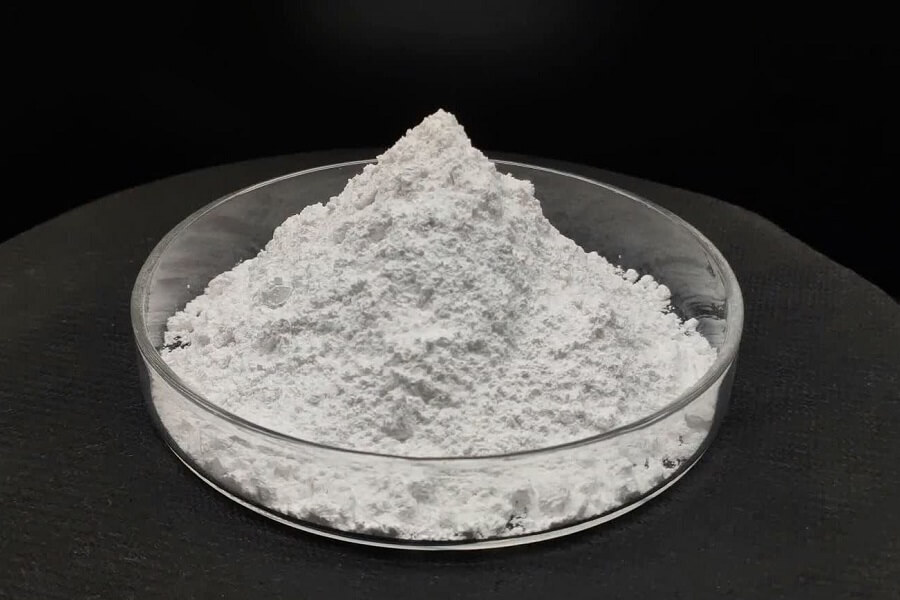What are the requirements for alumina powder in high value-added applications?

Alumina high-density particles for sapphire crystal growth
In fact, sapphire is an alumina single crystal. Its growth uses high-purity alumina powder with a purity of >99.995% (commonly called 5N alumina) as a raw material. However, due to the small packing density of micronized alumina particles, it is generally Less than 1g/cm3, the charging amount of a single furnace is small, which affects the production efficiency. Generally, the alumina is densified into high-density particles through appropriate treatment before charging to grow crystals.
Nano-alumina abrasives for CMP polishing abrasives
Currently, the commonly used CMP polishing fluids include silica sol polishing fluid, cerium oxide polishing fluid and alumina polishing fluid. The first two have small abrasive grain hardness and cannot be used for polishing high-hardness materials. Therefore, the oxide polishing fluid with Mohs hardness of 9 Aluminum is widely used in the precision polishing of sapphire fairings and flat windows, crystallized glass substrates, YAG polycrystalline ceramics, optical lenses, high-end chips and other components.
The size, shape, and particle size distribution of abrasive particles all affect the polishing effect. Therefore, alumina particles used as chemical mechanical polishing abrasives should meet the following requirements:
1. In order to achieve angstrom-level flatness, the alumina particle size must be at least 100nm and the distribution must be narrow;
2. In order to ensure hardness, complete α-phase crystallization is required. However, to take into account the above particle size requirements, sintering needs to be completed at a lower temperature to avoid complete α-phase transformation while the grains grow.
3. Since the polishing of wafers has extremely high purity requirements, Na, Ca, and magnetic ions need to be strictly controlled, up to ppm level, while radioactive elements U and Th need to be controlled at ppb level.
4. Polishing fluids containing Al2O3 have low selectivity, poor dispersion stability, and easy agglomeration, which can easily cause serious scratches on the polishing surface. Generally, modifications are required to improve its dispersion in the polishing fluid to obtain good polished surface
Low-alpha emissive spherical alumina for semiconductor packaging
In order to ensure the reliability of semiconductor devices and enhance the core competitiveness of products, it is often required to use Low-α ray spherical alumina as packaging material. On the one hand, it can prevent the operation failure of memory devices caused by α rays, and on the other hand, it can utilize its high heat The conductivity provides good heat dissipation performance for the device.
Alumina transparent ceramic
First of all, in order to prevent impurities in Al2O3 powder from easily forming different phases and increasing the scattering center of light, resulting in a reduction in the intensity of the projected light in the incident direction, thereby reducing the transparency of the product, the purity of Al2O3 powder is required to be no less than 99.9%, and It should be α-Al2O3 with a stable structure. Secondly, in order to weaken its own birefringence effect, its grain size should also be reduced as much as possible. Therefore, the particle size of the powder used to prepare alumina transparent ceramics should also be less than 0.3 μm and have high sintering activity. In addition, in order to avoid agglomeration into large particles and losing the advantages of the original small particles, the powder should also meet the requirements of high dispersion.
High frequency communication alumina ceramic substrate
High-purity alumina ceramics are currently the most ideal and most widely used packaging substrate material due to their good dielectric properties, rigid load-bearing capacity, and resistance to environmental erosion. However, the main performance of alumina substrates increases with the increase in alumina content. In order to meet the needs of high-frequency communications, the purity of alumina ceramic substrates is required to reach 99.5% or even 99.9%.
